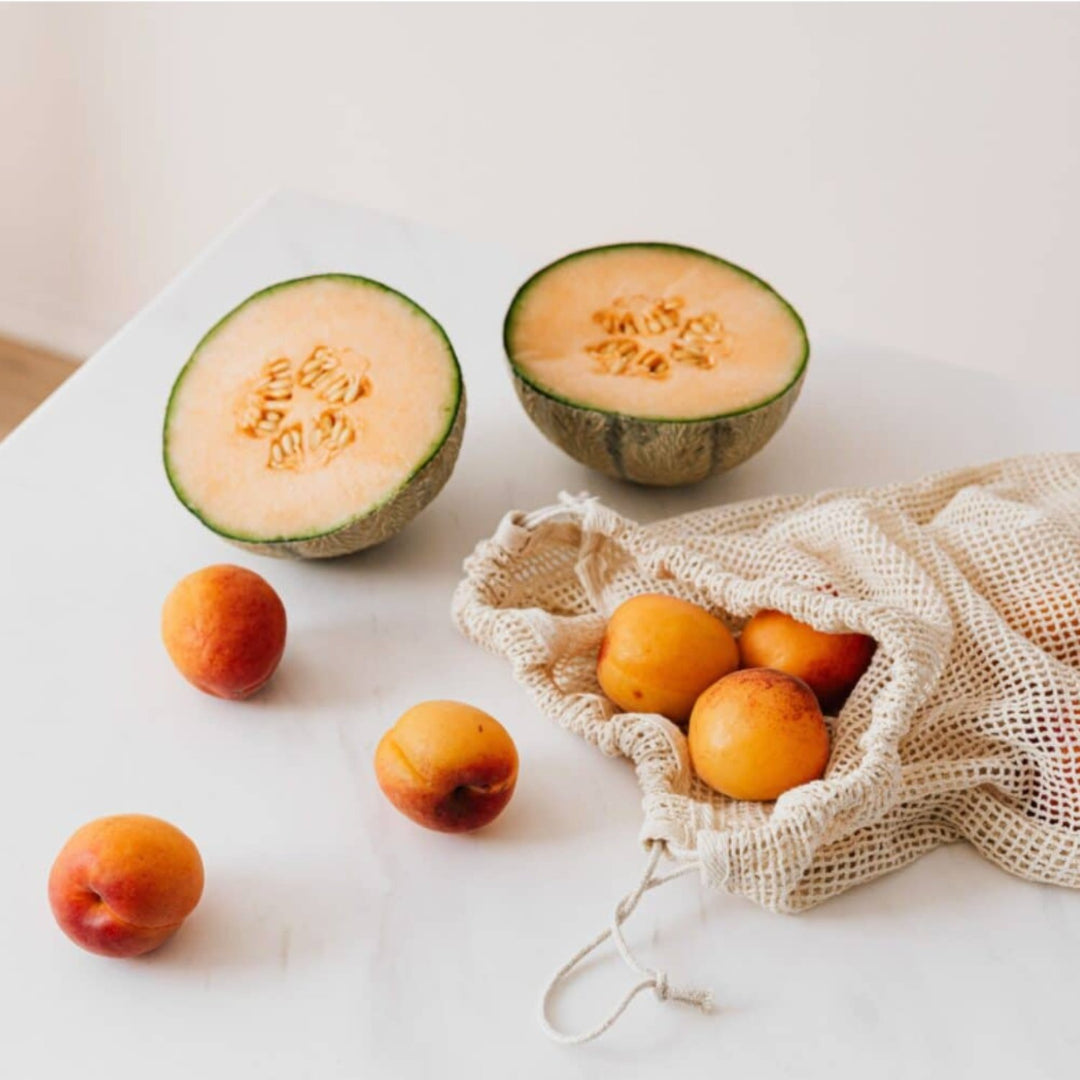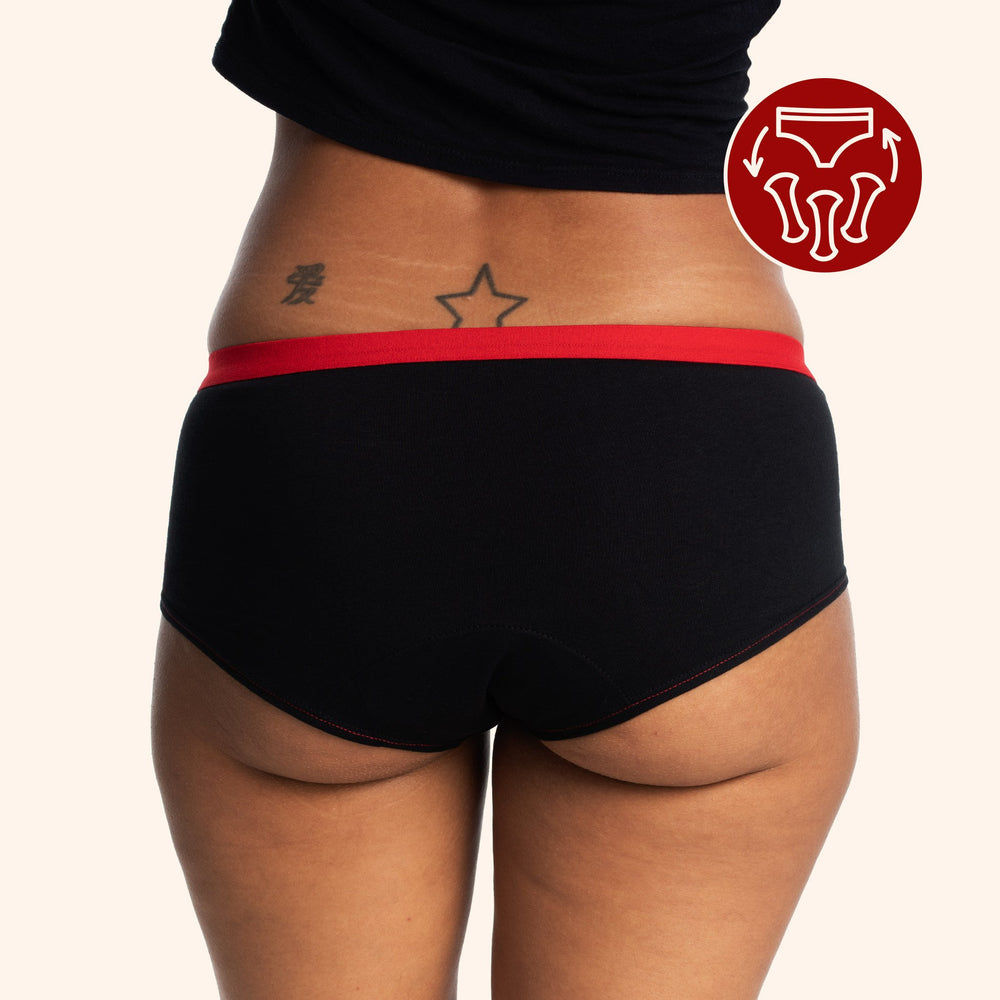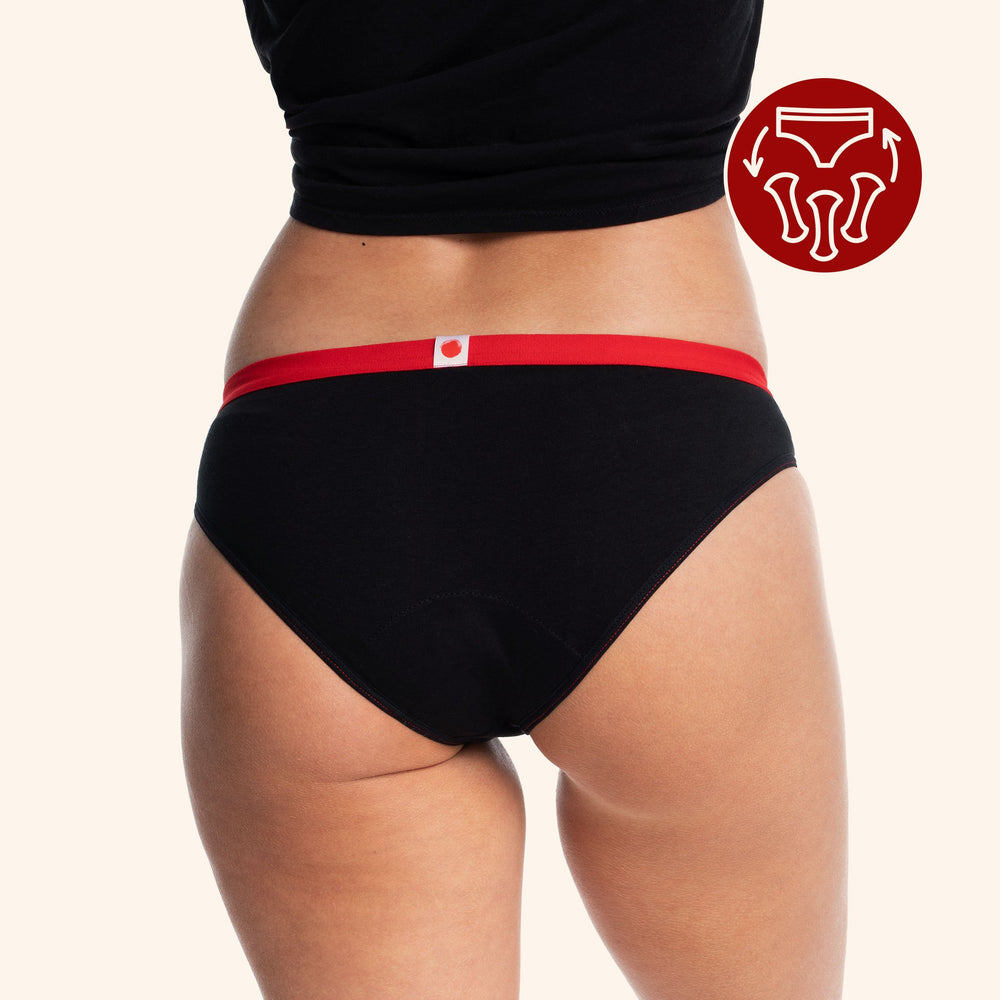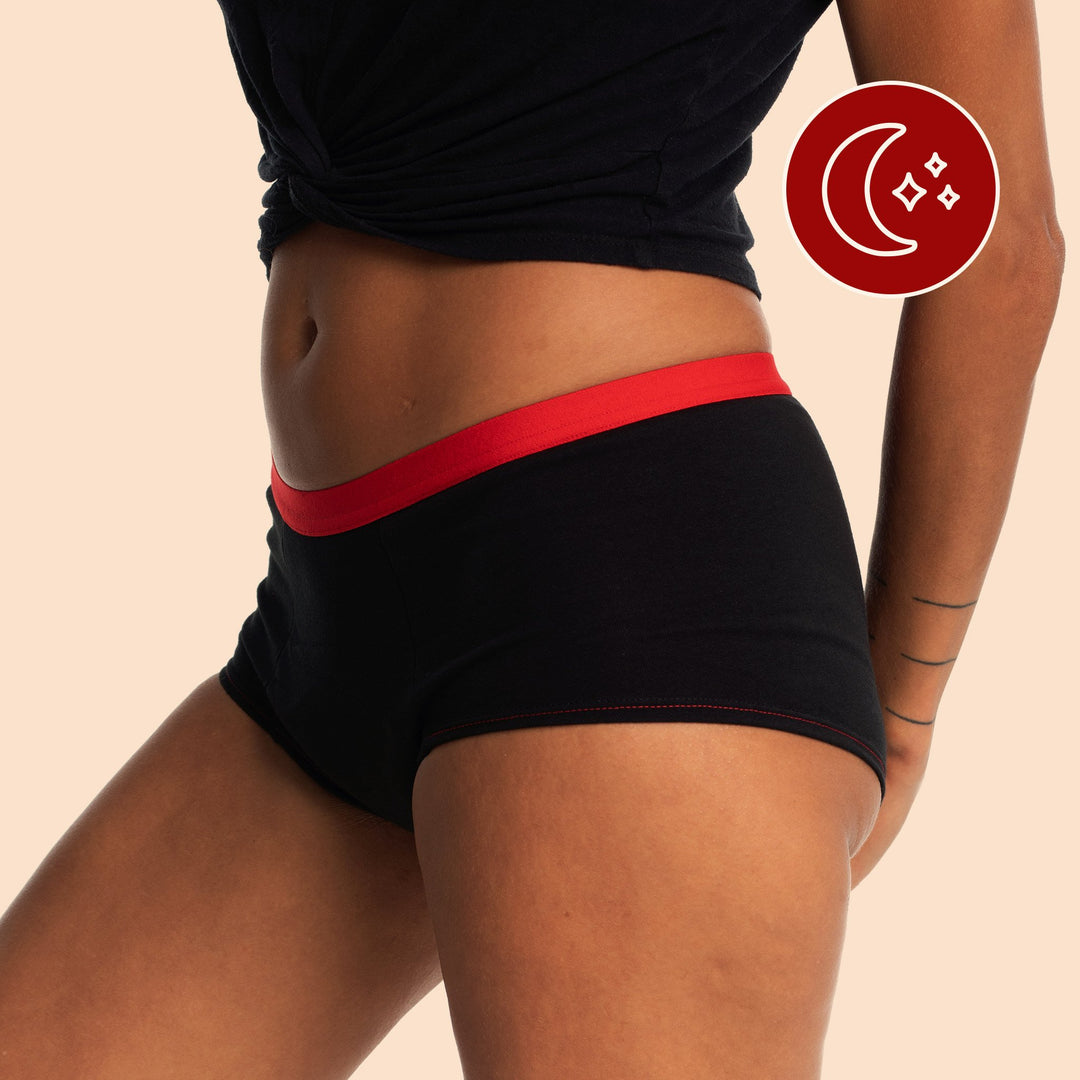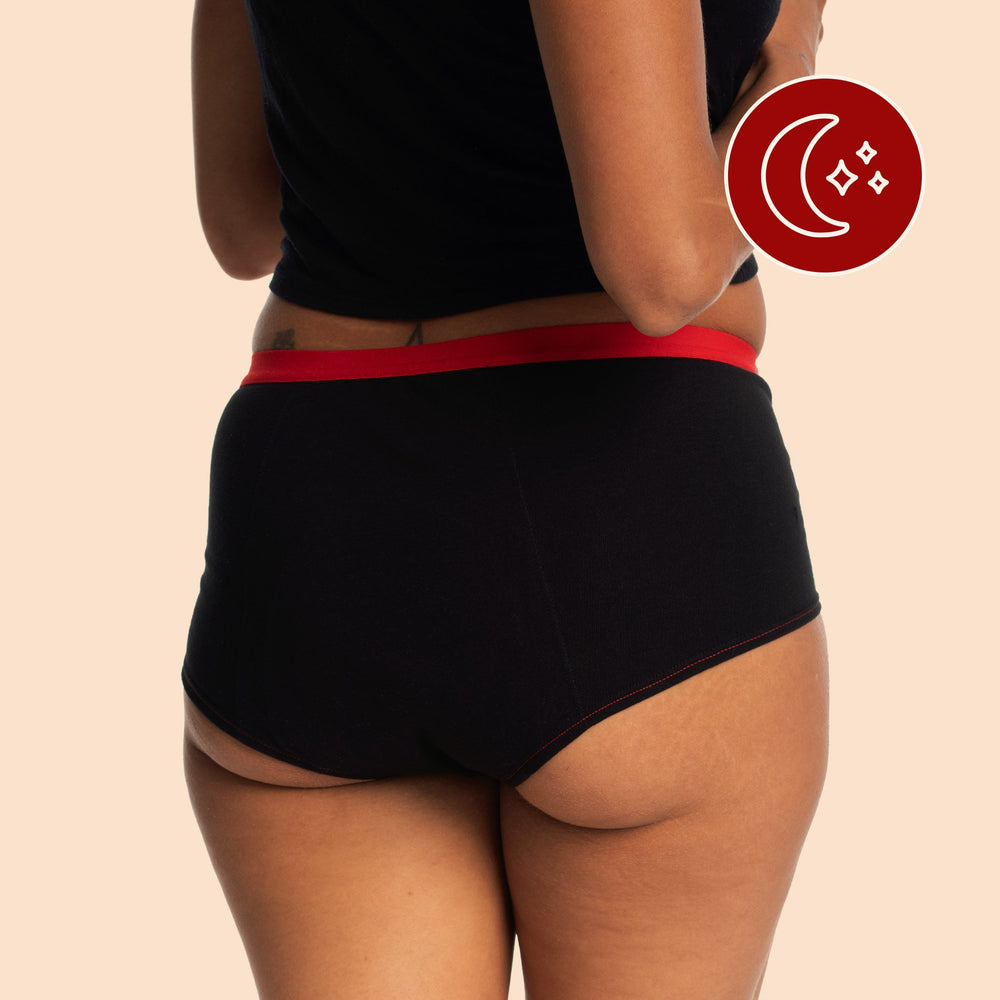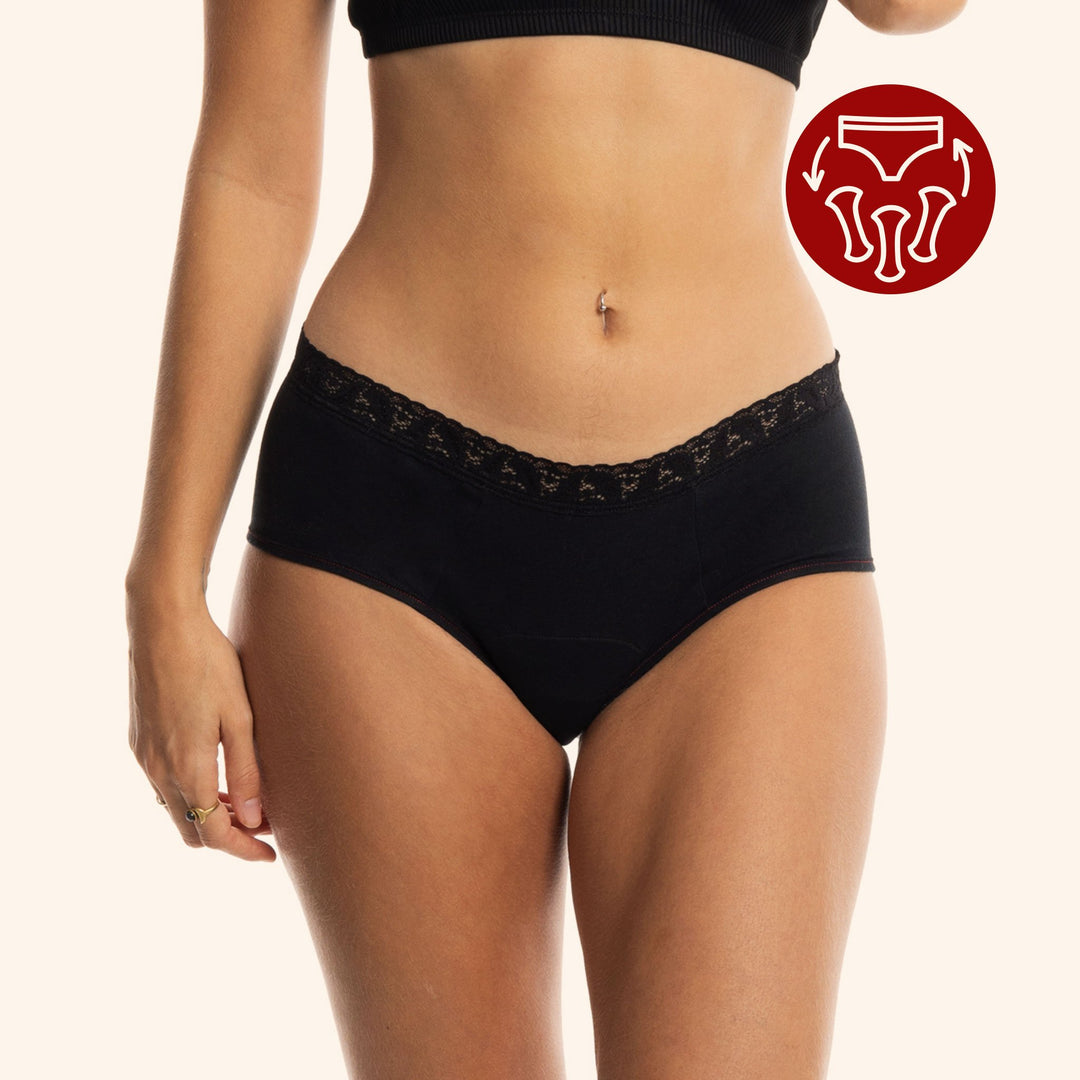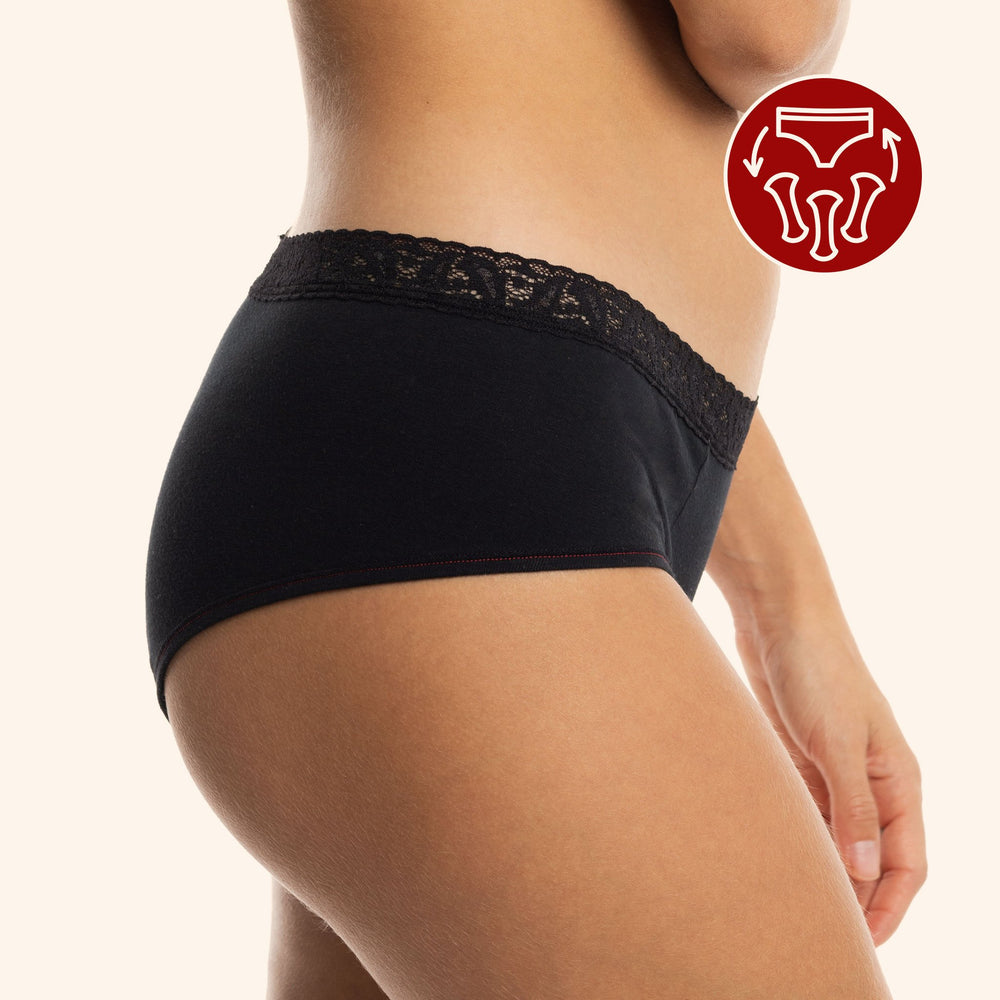It's summer, it's sunny, it's hot, the vacations are starting, and you're getting ready to head off to the beach, to enjoy the pool at a friend's house, to pitch your tent on a campsite near a lake.
You've thought of everything.
However, at the last minute, an important detail that you had overlooked comes up and threatens to disrupt your plans: your period has started.
What a timing...
So you ask yourself: what can I do? Do periods and swimming mix? Is it better to avoid swimming during your period?
And if you go swimming in a lake or ocean, can you do it without menstrual protection or is it risky for your health?
Don't worry: swimming during your period is perfectly possible, and it can even do your body and mind a world of good.
By keeping a few basic principles in mind and preparing yourself properly, you'll be able to enjoy the refreshing pleasures of swimming with complete peace of mind.
Myth or reality?
Before talking about solutions, let's take a look at some of the myths about bathing and menstruation that persist to this day, in order to avoid or limit misinformation.
Myth number 1: "Blood attracts sharks."
According to this idea, a person who swims in the ocean during their period without menstrual protection risks attracting sharks. However, there is no solid scientific evidence to support this theory.
On the contrary, some specialists even claim that sharks are indifferent to human blood, as they are driven more by their sense of hearing than their sense of smell when predating.
We have to admit, it's reassuring.

Myth number 2: "Water stops menstrual flow."
Who hasn't been told: "You'll see, once you're in the water, you won't bleed anymore"?
We'd like to believe it. But the reality is a little more nuanced.
It's true that swimming during menstruation can momentarily reduce the intensity of the flow, notably due to the pressure and gravitational force that are altered when you’re immersed in water.
However, menstruation doesn't stop completely, and as soon as you get out of the water, the flow resumes its normal course, sometimes even with increased intensity.
So that's one more good thing settled.
Myth number 3: "Swimming pools are contaminated with menstrual blood."
In other words, swimming in a pool during menstruation poses risks to personal health and that of others. True or false?
Here again, nuance is essential.
Well-maintained pools are treated with chemicals such as chlorine, which kill bacteria and other contaminants that can be problematic from a hygiene point of view.
The risk of contamination by menstrual blood in a swimming pool is therefore extremely low, provided the pool is properly and adequately maintained.
Before believing a statement, it's important to cross-check the information with reliable sources, especially if the statement in question generates a feeling of discomfort or anxiety in you. If certain beliefs are going to make us uncomfortable, they might as well be well-founded and proven, don't you think?

To protect or not to protect, that is the question
Now that we know it's possible to bathe or swim during your period, the question arises: is it compulsory to wear protection, or is it up to the individual?
Let's take a closer look.
With protection: various possible solutions
The first solution you might think of when talking about menstrual protection is the sanitary towel. Unfortunately, they are not at all recommended for swimming.
Whether disposable or washable, a sanitary towel is designed to absorb. Once immersed, it is non-selective and will absorb all liquids that come into contact with it, including the water in which you bathe.
Before long, the pad will be of no use, because once saturated with water, it will no longer be able to retain menstrual flow, at which point leakage is guaranteed.
The same principle applies to menstrual panties.
Wouldn't it be nice if we could bathe with our L'Ovary?
At the beach, we could easily recognize our L'Ove sisters wearing the famous red line, the distinctive sign that we're all in our moons.
A simple glance around you would be enough to make us feel surrounded and powerful, and we'd almost forget the cramps.
Unfortunately, Mme L'Ovary menstrual panties are not designed for swimming or bathing either. Made from cotton, they would quickly soak up water and become completely useless.
No, really, we don't recommend it.
If you want to enjoy the sea or the pool without stress during your period, here are the solutions available to you.
Menstrual cup or menstrual disk
The advantage of the menstrual cup or disc is that they are worn inside the body, completely preventing the evacuation of menstrual flow.
They're also reusable, so they're both economical and environmentally friendly, making them the ideal choice if you wish to wear menstrual protection to go swimming.
The downside is that they can be intrusive, and some bodies simply won't tolerate them. For these people, they are unfortunately not an option.
Menstrual swimwear
When it's time to combine swimming and menstruation, the menstrual swimsuit is an increasingly attractive solution, and one that's becoming more and more available.
Typically made of polyester and provided with a waterproof layer, it allows the menstruating wearer to enjoy water activities with full peace of mind… and an added sun protection.
For the moment, swimwear is not part of Mme L'Ovary's product offering, but it's not out of the question that it might be one day.

Menstrual sponge
The menstrual sponge is a much-debated protection solution. Made from natural or synthetic materials, it is inserted inside the vagina to absorb blood in much the same way as a tampon.
Its fans like it because it's generally softer, more comfortable and more customizable than a tampon or menstrual cup. It's also eco-friendly, durable and has good absorbency.
Critics say it's difficult to clean properly, which can pose health risks. It also needs to be changed regularly to avoid Toxic Shock Syndrome (TSS), as with tampons.
Before choosing this option, make sure you're well informed and take all the precautions it requires.
The practice of instinctive free flow
Although not strictly speaking a physical menstrual protection, the practice of instinctive free-flow, also known as IFF or free bleeding, leads the menstruating person to develop a deeper knowledge and listening to their body and its signals, to the point where they feel their flow coming in advance.
Economical and eco-friendly by nature, the IFF allows anyone who practices it frequently to get out of the pool, walk to the bathroom and let the blood flow freely in the toilet.
For some people, it can be a real emancipating factor, giving them a sense of freedom and power.
And can you do without protection?
If, for some reason, none of the above solutions suits you, you should know that it's also possible to bathe unprotected during your period, especially if your flow is light or moderate.
If you're lucky, your flow may even slow down or pause once you're in the water.
Unprotected swimming can provide a sense of comfort and freedom, as well as a significant reduction in waste and the costs associated with purchasing protection such as a menstrual cup, disc or swimsuit. It's worth a try, isn't it?
If it works for you, your bathing experience will be greatly simplified, since you won't have to worry about changing or checking your menstrual protection. A dream come true!

On the other hand, if you decide to dive without protection, make sure you take the necessary precautions, as this practice can present a few risks and inconveniences.
Remain open to the idea that leaks may occur, especially if your flow is abundant.
In this case, you may want to limit the length of your swim to avoid contaminating the water, especially if you're swimming in a pool or small pond.
You should also be aware that menstrual blood can attract bacteria present in the water, increasing the risk of you contracting an infection, especially if the water is full of bacteria, as in a lake or the sea.
Choose places where the water is clean and safe, such as well-maintained swimming pools, since as we mentioned earlier, chlorinated water greatly reduces the risk of infection.
Finally, keep in mind that blood can soak into the fabric of your swimsuit and leave a film on your skin, creating an environment conducive to the proliferation of bacteria.
Make sure you wash well, including your swimsuit, before and after swimming to maintain the highest standards of hygiene.
Swim, little goldfish
As you can see, swimming and menstruation are perfectly compatible, so don't panic if your menstrual cycle schedule and your vacation schedule coordinate naturally.
With a little preparation, you'll be able to take the plunge with complete peace of mind, even on red-tide days.
Have a good summer.
With L'Ove,
Mme L'Ovary
References (French only)
Scuba diving: do you risk being attacked by a shark if you're menstruating? - Geo.fr
Menstruation stops in water: true or false?
F.A.Q. Information on Marie-Fil menstrual swimwear







